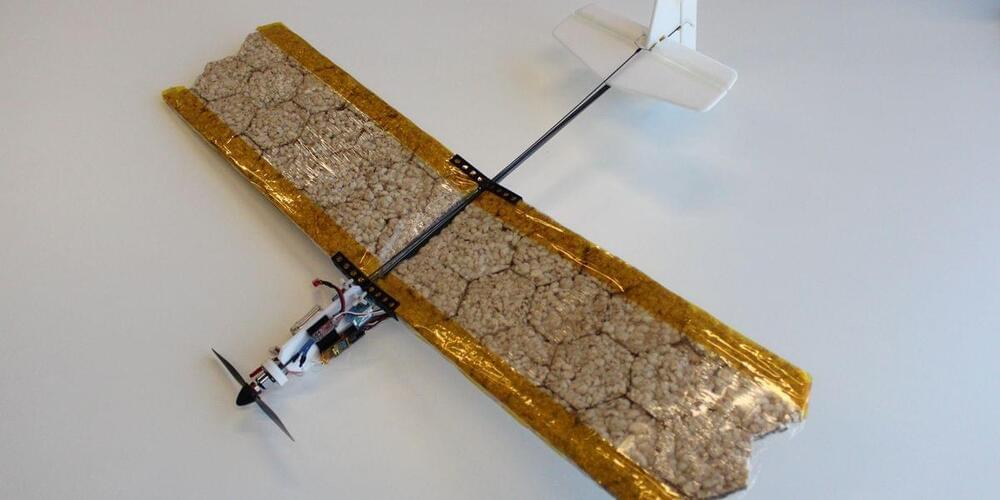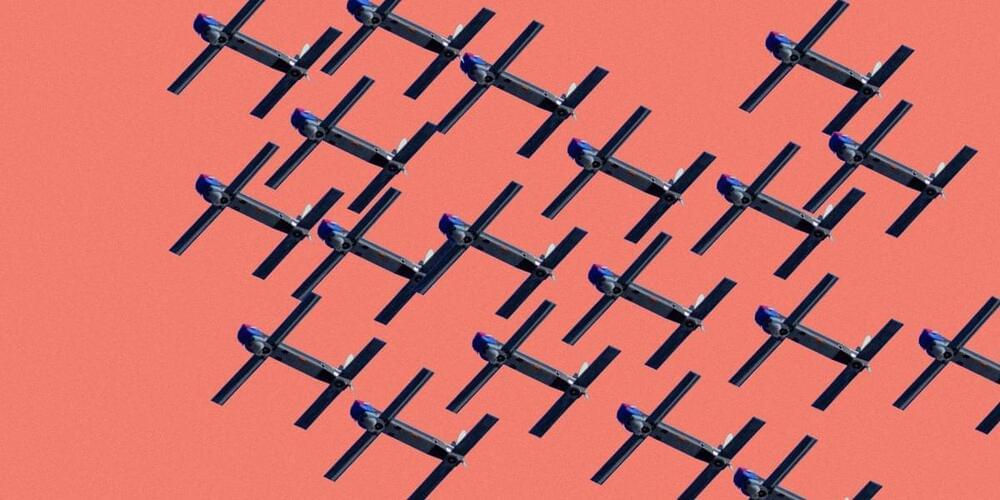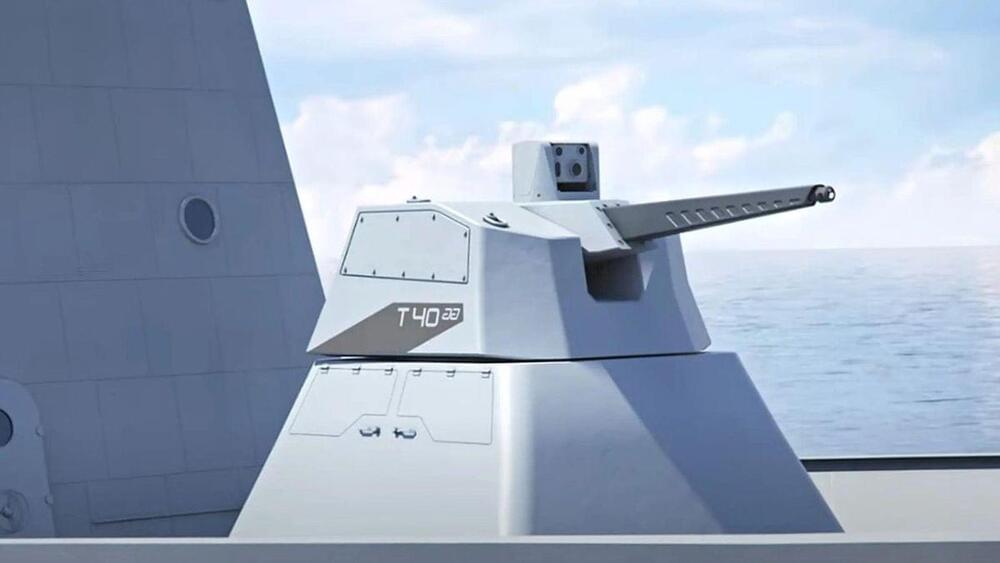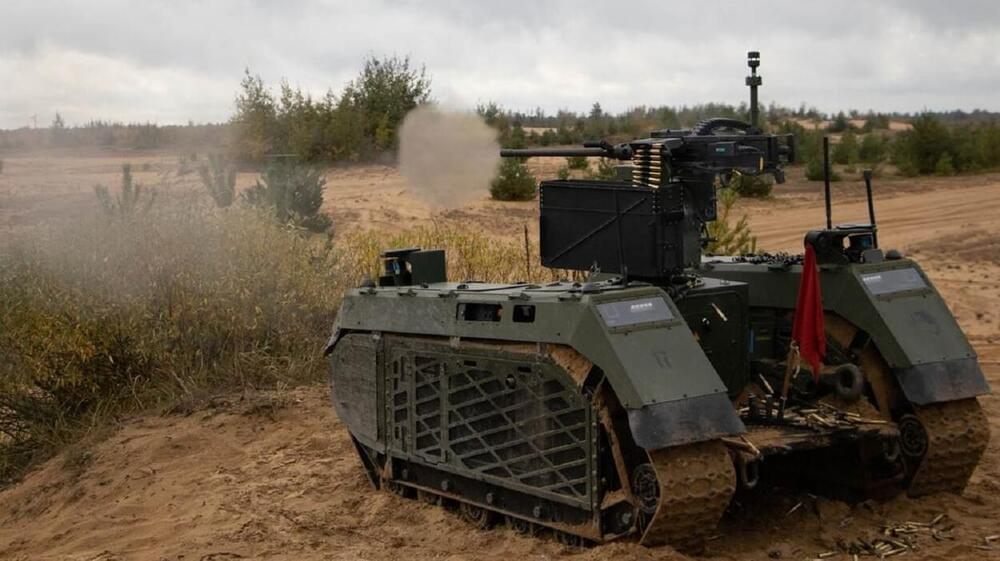Most delivery drones can only carry about one-third of their mass as payload, because most of their mass is both critical, like wings, and comes in the form of things that are essentially useless to the end user, like wings. But EPFL researchers have invented a drone with wings made from rice cakes.
Archive for the ‘drones’ category: Page 31
Oct 30, 2022
The US Navy wants swarms of thousands of small drones
Posted by Dan Kummer in categories: drones, military, space travel
My mini UAV idea! A sphere shaped UAV, somewhere in size between a basketball, and a small beach ball. Cloak technology, if i could get away with it. Power source, coated in ultra fancy photo voltaic skin, that powers super fancy batteries for an indefinite flight time and range. Engine, Ion Drive, noiseless, still sort of in an experimental phase. Weapons system, an electrical recoilless rifle, can fire assorted ammunition; no recoil, no flash, with an advanced targeting system, operates sort of like a sniper. Carries a laser designator to designate targets for guided bombs and smart artillery.
Drop thousands behind enemy lines, and cause complete chaos. Coming to a battle field in 2030?
Budget documents reveal plans for the Super Swarm project, a way to overwhelm defenses with vast numbers of drones attacking simultaneously.
Continue reading “The US Navy wants swarms of thousands of small drones” »
Oct 30, 2022
Penguin feathers may be secret to effective anti-icing technology
Posted by Omuterema Akhahenda in categories: chemistry, drones, energy, engineering, sustainability
Ice buildup on powerlines and electric towers brought the northern US and southern Canada to a standstill during the Great Ice Storm of 1998, leaving many in the cold and dark for days and even weeks. Whether it is on wind turbines, electric towers, drones, or airplane wings, dealing with ice buildup typically depends on techniques that are time consuming, costly and/or use a lot of energy, along with various chemicals. But, by looking to nature, McGill researchers believe that they have found a promising new way of dealing with the problem. Their inspiration came from the wings of Gentoo penguins who swim in the ice-cold waters of the south polar region, with pelts that remain ice-free even when the outer surface temperature is well below freezing.
We initially explored the qualities of the lotus leaf, which is very good at shedding water but proved less effective at shedding ice,” said Anne Kietzig, who has been looking for a solution for close to a decade. She is an associate professor in Chemical Engineering at McGill and the director of the Biomimetic Surface Engineering Laboratory. “It was only when we started investigating the qualities of penguin feathers that we discovered a material found in nature that was able to shed both water and ice.”
Oct 23, 2022
Defense companies have developed advanced gun turret to counter drone swarms
Posted by Gemechu Taye in categories: drones, robotics/AI
The system autonomously ensures high interception accuracy while retaining a non-penetrating turret design.
US and French defense companies have unveiled the latest version of the RAPIDFire autonomous gun turret at the Euronaval 2022, a naval defense exhibition, in Paris.
The gun turret which is a joint effort of Nexter and Thales, is claimed to counter growing low-level, close-quarters surface and aerial threats, as per a press release published by the defense company Nexter on Wednesday.
Oct 21, 2022
How drones could determine the direction of gravity without accelerometers
Posted by Shubham Ghosh Roy in categories: drones, robotics/AI
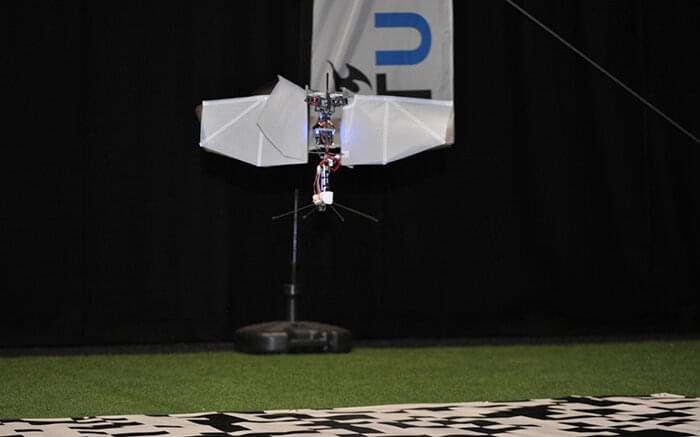
For proper operation, drones usually use accelerometers to determine the direction of gravity. In a new study published in Nature on October 19, 2022, a team of scientists from Delft University of Technology, the CNRS and Aix-Marseille University has shown that drones can estimate the direction of gravity by combining visual detection of movement with a model of how they move. These results may explain how flying insects determine the direction of gravity and are a major step toward the creation of tiny autonomous drones.
While drones typically use accelerometers to estimate the direction of gravity, the way flying insects achieve this has been shrouded in mystery until now, as they have no specific sense of acceleration. In this study, a European team of scientists led by the Delft University of Technology in the Netherlands and involving a CNRS researcher has shown that drones can assess gravity using visual motion detection and motion modeling together.
Continue reading “How drones could determine the direction of gravity without accelerometers” »
Oct 21, 2022
Japan starts operations with SeaGuardian drone, receives two Hawkeyes
Posted by Genevieve Klien in categories: drones, law enforcement, robotics/AI
MELBOURNE, Australia — The Japanese Coast Guard has started operations with a newly delivered MQ-9B SeaGuardian drone, while more airborne early warning aircraft have arrived in the country by ship.
The UAV’s manufacturer, General Atomics Aeronautical Systems, said in a news release that the Coast Guard commenced flight operations with a SeaGuardian from the Japan Maritime Self-Defense Force Air Station Hachinohe on Oct. 19.
The American company said the high-altitude, long-endurance unmanned aircraft “will primarily perform Maritime Wide Area Search (MWAS) over the Sea of Japan and the Pacific Ocean. Other missions will include search and rescue, disaster response, and maritime law enforcement.”
Oct 21, 2022
Mark Hamill sent 500 drones to Ukraine in past month
Posted by Raphael Ramos in category: drones
Veteran actor Mark Hamill said in an interview that he has sent at least 500 drones to Ukraine through the country’s fundraising platform, as Ukraine’s ongoing conflict with Russia enters its ninth month.
During an appearance on Bloomberg Radio’s “Sound On”, Hamill, widely known for his role as Luke Skywalker in the acclaimed “Star Wars” film franchise, told host Joe Mathieu that he only sent the equipment to Ukraine because they desperately need it.
Oct 20, 2022
3D Printing With A Drone Swarm?
Posted by Liliana Alfair in categories: 3D printing, bioengineering, drones, robotics/AI
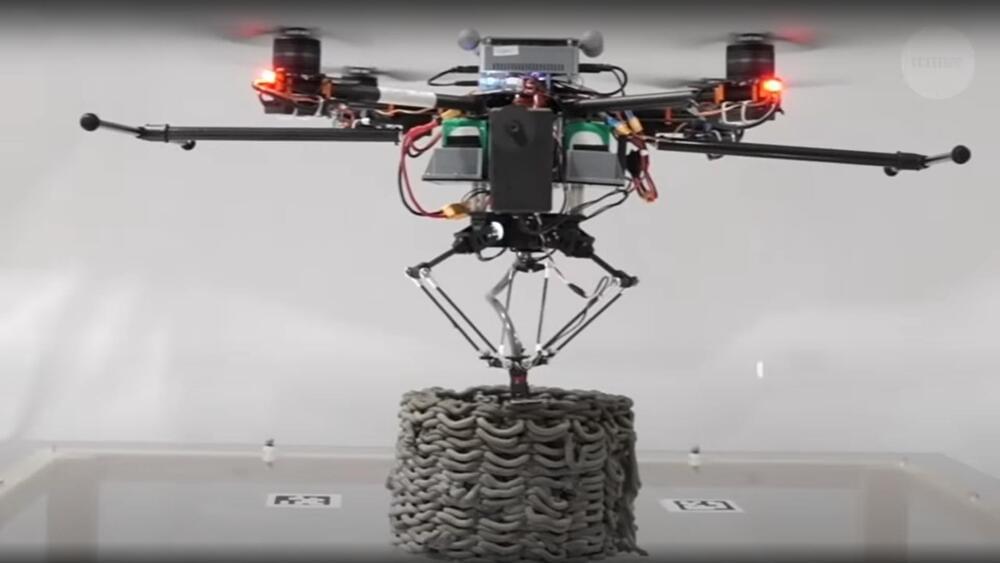
The goal is to enable the printing of large, complex shaped structures, on any surface, using a swarm of drones, each depositing whatever material is required. It’s a bit like a swarm of wasps building a nest, into whatever little nook they come across, but on the wing.
Even in technical disciplines such as engineering, there is much we can still learn from nature. After all, the endless experimentation and trials of life give rise to some of the most elegant solutions to problems. With that in mind, a large team of researchers took inspiration from the humble (if rather annoying) wasp, specifically its nest-building skills. The idea was to explore 3D printing of structures without the constraints of a framed machine, by mounting an extruder onto a drone.
